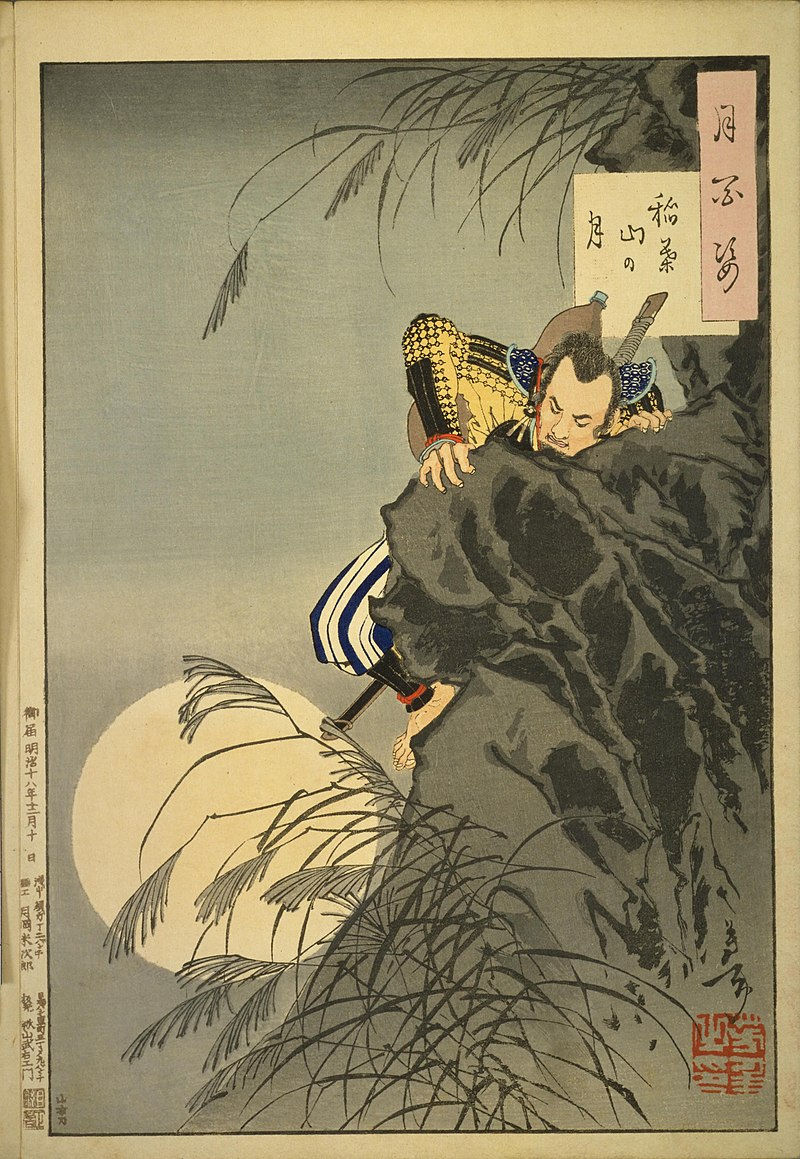Dutch East India Company
- 2304583d
- Aug 4, 2024
- 4 min read

The Dutch East India Company, known as the Verenigde Oostindische Compagnie (VOC) in Dutch, was a powerful and influential trading company established in the early 17th century. It played a crucial role in the global trade network and colonial expansion during the Age of Exploration.
Formation
The VOC was founded on March 20, 1602, by the Dutch Republic through the merger of several smaller trading companies. It was established to consolidate Dutch trade in the East Indies (Southeast Asia) and to compete with other European powers like Portugal
and Spain. The VOC was granted a 21-year monopoly on Dutch trade with Asia.
Structure and Operations
The VOC was a joint-stock company, meaning it was owned by shareholders who invested capital and received dividends based on the company's profits. It was one of the first multinational corporations and was granted extensive powers by the Dutch government, including the authority to wage war, negotiate treaties, and establish colonies.
Trade and Expansion Overall
The VOC’s primary goal was to control the lucrative spice trade, but it expanded its interests to include textiles, tea, coffee, and other goods. The company established trading posts and colonies in various parts of Asia, including present-day Indonesia, Malaysia, Sri Lanka, and India. Its most significant base was Batavia (now Jakarta) on the island of Java.
Military and Political Power
The VOC operated with its own armed forces, including naval and land troops, to protect its interests and enforce its trade monopoly. It engaged in numerous conflicts with local rulers, rival European powers, and other traders. The company played a major role in the colonization and exploitation of Southeast Asia.
Economic Impact
The VOC was incredibly profitable and became one of the wealthiest companies in history. Its trade and colonial activities significantly contributed to the economic growth of the Dutch Republic. However, the company also faced challenges, including corruption, mismanagement, and competition.
Decline and Dissolution
By the late 17th century and early 18th century, the VOC began to face financial difficulties due to over-expansion, administrative inefficiencies, and increased competition. The company's financial problems were exacerbated by corruption and mismanagement. In 1799, the Dutch government formally dissolved the VOC, and its assets were transferred to the Dutch government, which continued to govern the former VOC territories.
Trade and Operations in Japan
Specifically we will be focusing on the VOC's interactions and trade with Japan in this segment.
Initial Contact: The VOC began its operations in Japan in the early 17th century. The Dutch were initially interested in establishing trade relations in Japan, which was under the Tokugawa shogunate, a government that had become increasingly isolationist after the early years of foreign contact.
Nagasaki Trading Hub: In 1609, the VOC established a trading post in Hirado, a port city on Kyushu Island, and later moved its base to Nagasaki in 1641. The Tokugawa shogunate granted the VOC exclusive trading rights and access to the Nagasaki harbor, which was one of the few ports open to foreign traders during Japan’s period of sakoku (closed country policy).
Trade Operations
Monopoly and Regulations: The VOC had a monopoly on Dutch trade with Japan and operated under strict regulations set by the Tokugawa government. The Dutch were one of the only Western entities allowed to trade with Japan during the sakoku period, alongside the Portuguese who were expelled in 1639.
Commodities Traded: The VOC traded a variety of goods. Japan exported silver, copper, and other commodities to the VOC, while the Dutch brought silk, textiles, glassware, and other Western goods. The VOC also traded in Dutch-manufactured goods and luxury items.
Strict Protocols: The VOC's operations were subject to strict protocols enforced by the Tokugawa shogunate. The Dutch were required to live on an island called Dejima in Nagasaki Bay, a small, man-made island created specifically for foreign traders. This isolation ensured that the Dutch could not spread their influence too widely and allowed the shogunate to monitor their activities closely.
Diplomacy and Relations
Cultural Exchange: Despite the isolationist policies, there was a notable exchange of knowledge and culture. The Dutch introduced Western technologies, scientific knowledge, and medical practices to Japan. This period, known as Rangaku (Dutch learning), significantly impacted Japanese intellectual and scientific development.
Limited Political Influence: The Dutch were careful to avoid any political entanglement. They focused on trade and maintained a diplomatic stance that respected Japanese sovereignty and regulations. This cautious approach helped them maintain their trading privileges.
Challenges and Decline in Japan
Competition and Restrictions: Over time, the VOC faced increasing competition from other European powers and restrictions imposed by the Tokugawa government. The VOC’s ability to conduct profitable trade was also affected by global economic shifts and internal company challenges.
End of the VOC's Monopoly: By the late 18th century, the influence of the VOC in Japan waned. The company struggled with financial difficulties and declining profitability. The Japanese government began to open up trade to other countries and adjust its isolationist policies.
Legacy: The VOC's presence in Japan left a lasting impact on Japanese scientific and technological knowledge. The Dutch presence helped introduce Western innovations and ideas to Japan during a time of significant isolation. The VOC’s trade relations with Japan are a notable part of the broader history of European-Japanese interactions.




Commentaires